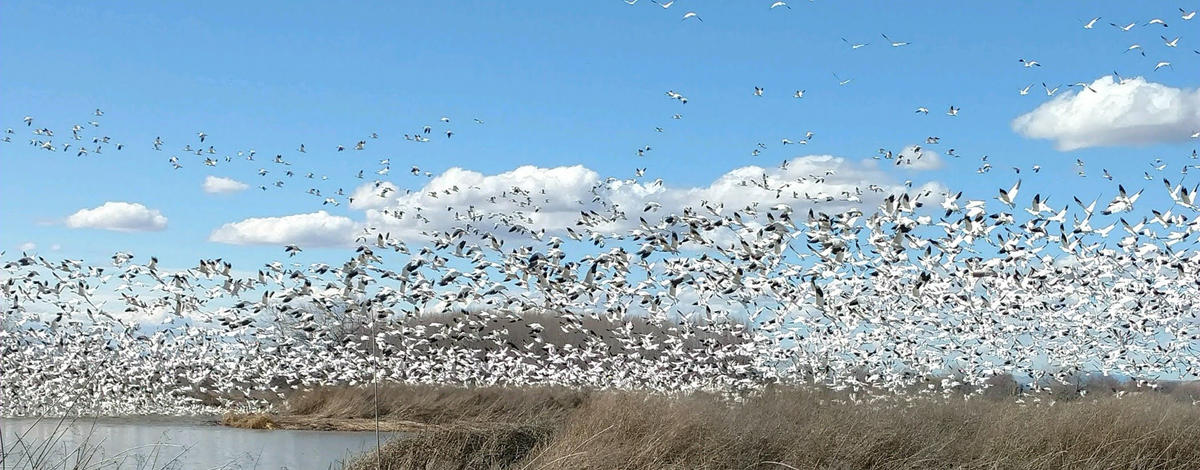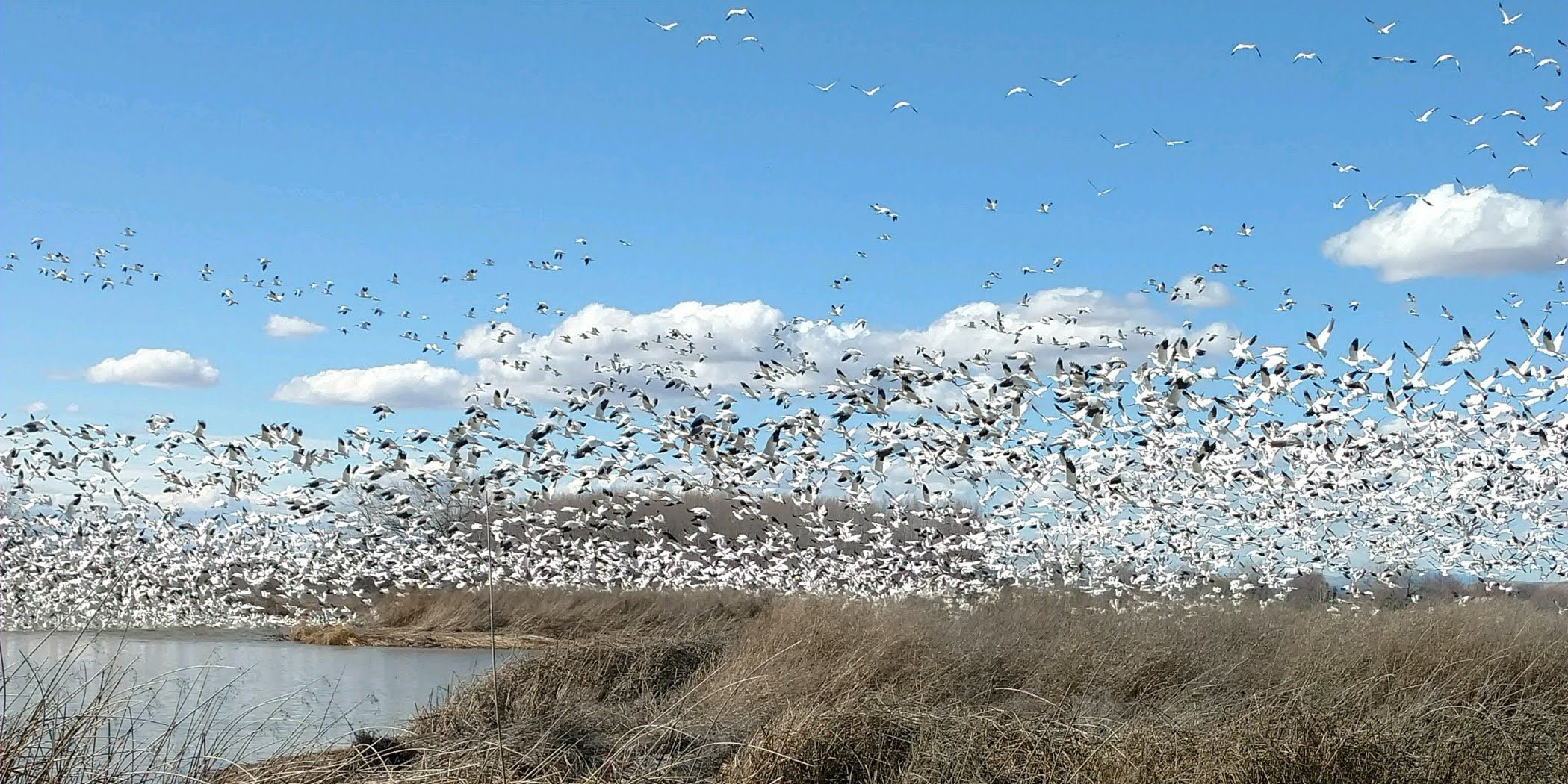The Payette River is a meandering waterway with numerous side channels, oxbows, and sloughs, which enhance the wildlife values of the river. It was named after Francis Payette, an early explorer and trapper with the Hudson Bay Company in the 1800s. Historically, the abundant wildlife and mild winter temperatures attracted a number of Indian tribes to this region. Nez Perce, Bannock, and Shoshone Indians all converged on the Payette River to harvest spawning salmon, sage-grouse, ducks, geese, mule deer, and pronghorn.
Today, the Payette River WMA has some of the best quality riparian habitat remaining on the lower 30 miles of the Payette River. It is 1,066 acres of scattered parcels in the Payette and Snake River drainages. The WMA includes three main segments: the Birding Islands, Emmett segment, and Little Banks Island.
The Birding Islands segment lies approximately 9 miles east of the town of Payette, Idaho. It includes several islands in the Payette River and adjacent sites on the mainland. Nine waterfowl production ponds have been constructed on the Birding Islands segment. Six shallow ponds are waterfowl nesting areas and are closed to human access from February 1 to July 31. Three gravel ponds on the Birding Island south side of the WMA have produced a warm water fishery and are open to fishing year-round.
The Emmett Segment is approximately 3 miles west of Emmett, Idaho, on the Payette River. This section includes a group of scattered islands and is primarily used for waterfowl and upland game bird production.
The 21-acre Little Banks Island is located in the Snake River approximately 1 mile south of the confluence of the Snake and Payette rivers. The island provides hunter access and waterfowl production habitat.
The drier upland habitat of sagebrush, grease wood, Russian olive, and annual grasses are interspersed with wetland and irrigated habitats. These areas are used by deer and upland birds, including quail, pheasants, and turkeys. Sandhill cranes concentrate in these areas during their spring migration.
More than 200 acres of the WMA have been developed as nesting cover habitat for waterfowl and upland game birds. These thick, dense plots of undisturbed residual cover help birds to successfully hatch a clutch. Many other wildlife species benefit from the hiding, nesting, and winter habitats provided by these cover plots.
The juxtaposition of quality riparian habitat and nearby agricultural lands in the surrounding private land creates an ideal landscape for migrating waterfowl and cranes. These species will feed in the fields during the day and return to the river or dense riparian vegetation to roost at night.


